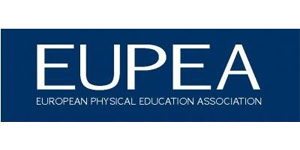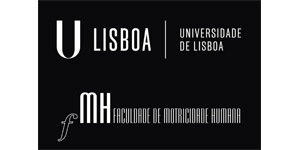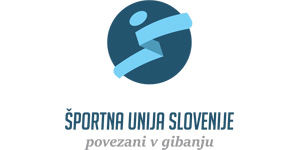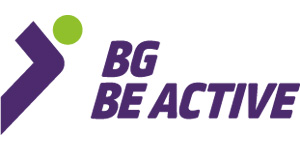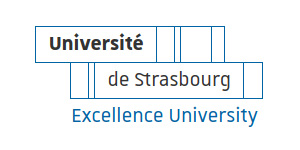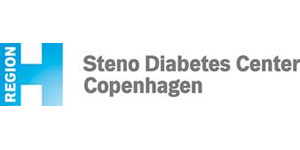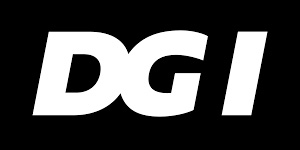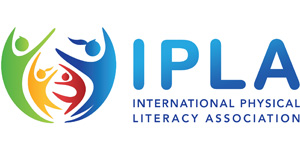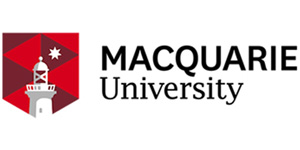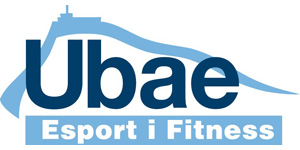WELCOME TO Physical Literacy for Life Self-Assessment tools
Physical inactivity has become a worldwide problem with direct influence on health and well being of citizens. Thus physical literacy is more and more important part of an individual’s lifelong learning process. Erasmus+ project Physical Literacy For Life aims to support the definition, advocacy and practical implementation of the Physical Literacy concept in different environments. The primary purpose of the project is to create the foundation for Physical Literacy to be a key component in European citizens’ lifelong learning journey through physical education, physical activity and sport.
This project addresses the promotion and implementation of Physical Literacy in, and through, physical education, physical activity and sport for all ages and in different environments, with special focus on the four domains. One of the specific objectives is to deliver the tools for the practical application of Physical Literacy in different environments, which includes the self-assessment tools.
You can read more about physical literacy and the project here




